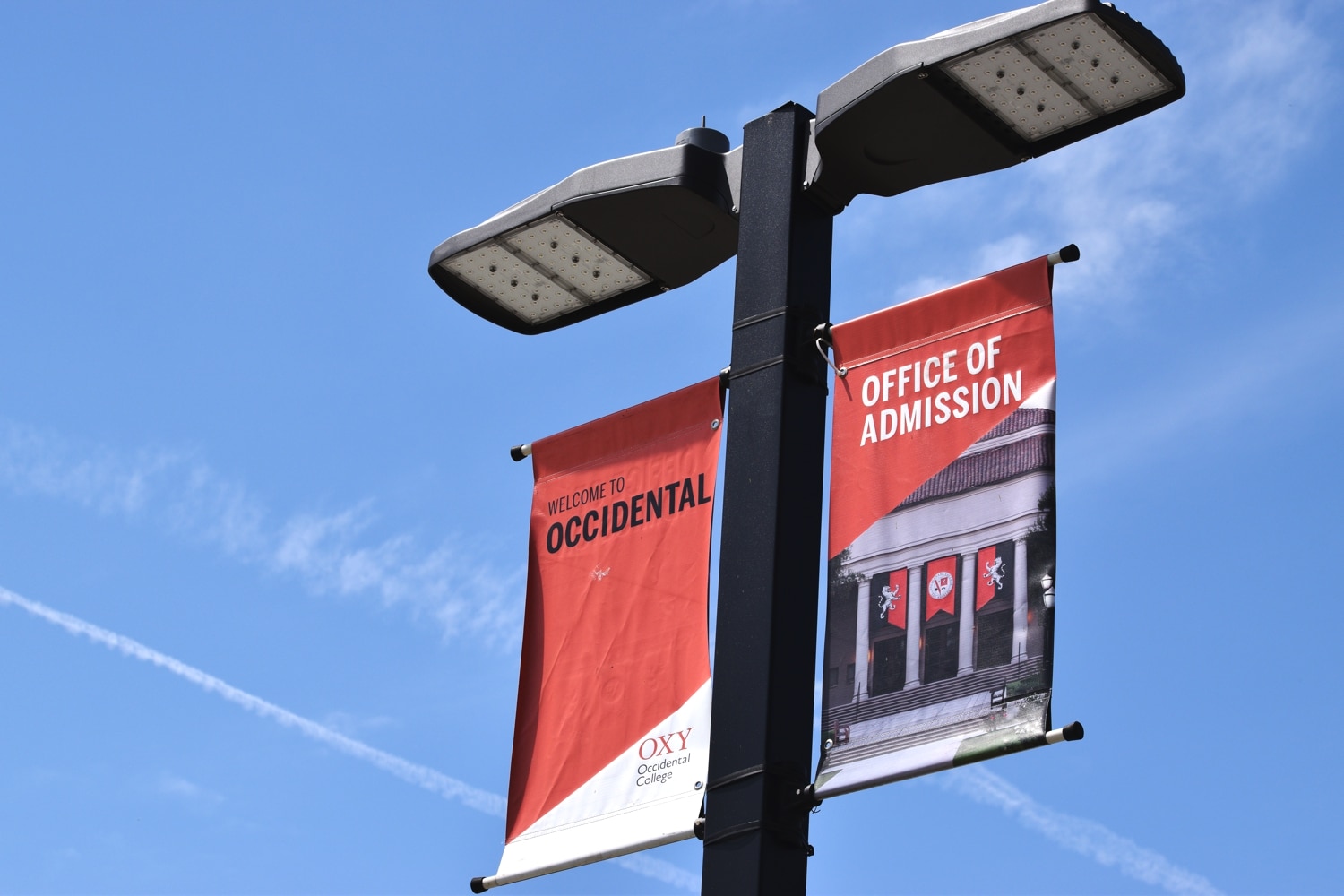Philanthropist and former New York City Mayor Michael Bloomberg donated a large sum of money — $1 billion dollars— to Johns Hopkins University’s medical school in July 2024, making tuition free for all students whose families make under $300,000 per year. At first glance, this seems like an exceptional act of generosity, assisting and helping increase access for a vital profession. In reality, this donation does not benefit the public, but a select group of people that earn their riches by extracting money from the rest of society.
I am, of course, talking about doctors.
Before you scroll down to the bottom of this article to write me an email, please do listen to my argument. I do not blame individual doctors for their rational decision to pursue medicine — I only blame the structure that doctors (inevitably) uphold, one that maximizes their salaries by reducing access to healthcare for the rest of society. It is immoral to remove the costs doctors partially bear for their profession’s decisions without also removing the benefits they reap.
The United States has a shortage of doctors — for instance, countries such as Italy, Spain and Hungary (paragons of wealth they are not) have more general practitioners and specialists per capita than the land of the free. Of course, doctor salaries in America rise to match their scarcity — 17 of the 20 highest paying professions in the U.S. are physicians (the other three are dentists). However, it is seldom acknowledged is that this doctor shortage was engineered by the very professional organization doctors pay dues to, the American Medical Association (AMA).
Contrary to popular belief, the AMA is not an arm of the United States government, but a private trade organization. This isn’t necessarily a bad thing — I support the right of workers and professionals to organize and promote their interests — but the success of the AMA in driving up their salary through restrictions on access to healthcare is profound.
The AMA’s history of restricting access to medical education and medical care stretches back upwards of 100 years. After the publication of the Flexner report in 1910, sponsored by the AMA’s Council on Medical Education, all but two medical schools (in the entire country) serving African-Americans were closed, and nearly half of all medical schools in the U.S. were closed in the following decade. Following Kristallnacht, the AMA instituted an English language requirement for licensure, fearing the effects that competition from Jewish doctors fleeing Nazi Germany would have on their bottom line. The AMA also routinely halted the expansion of more cost-effective group practice models by stripping doctors that joined such organizations of their licenses, in addition to lobbying against President Harry Truman’s universal healthcare plan.
However, none of these shameful moments in the AMA’s history have persisted in their damage as much as their advocacy for directly reducing the supply of doctors from the 1970s through the 1990s. After a decade-long campaign of fear mongering over the possibility of a doctor surplus, the 1980 Graduate Medical Education National Advisory Committee (GMENAC) endorsed a moratorium, supported by the AMA, on medical school enrollment expansion — the moratorium was only lifted in 2005. The belt tightened through the 1990s, culminating in the Balanced Budget Amendment of 1997, which capped federal funding for residencies — again, supported by the AMA.
While the AMA is now in favor of increasing the number of residency slots, their tepid statements of support do not obviate their decades of efforts to reduce the number of doctors. Nor do they justify their current opposition to scope of practice expansion. According to the best evidence available, allowing nurse practitioners and physician assistants to perform routine medical care currently reserved for physicians has no negative effect on health outcomes. Unfortunately (for the AMA), scope of practice expansion also increases access to healthcare, potentially reducing the salaries doctors can command.
Some may argue that by making medical school free, students will be more free to choose lower-paying specialties like primary care. However, there is no stipulation that students pursue such a specialty contained in these gifts — an anesthesiologist or radiologist will still receive free tuition for medical school at Johns Hopkins if their family makes $299,000 per year.
Philanthropy, like any other decision, has opportunity costs. When Bloomberg donated his money to Johns Hopkins, he did not donate that money to any of the charities in the GiveWell Top Charities Fund (which directly benefit the global poor), or any other effective charity for that matter. If Bloomberg sought to be more directly involved in medical education, he could have used that money to establish a six-year program that includes both undergraduate and medical education — a system commonplace in the rest of the developed world. Instead, the money will, inevitably, end up in the hands of an organization that has worked against the general public’s interest time and time again.
The AMA has crafted a devil’s bargain for aspiring doctors: four years of needlessly difficult pre-medical undergraduate programs, four years of medical school (including two years of clinical rotations), a brutally challenging licensing exam and two to seven years of underpaid and overworked residency; and in exchange, the highest salaries in the land, funded by brutally high healthcare costs for the rest of us. Philanthropists ought not use their funds to further enrich this profession.
Contact Avinash Iyer at iyera@oxy.edu
![]()



































